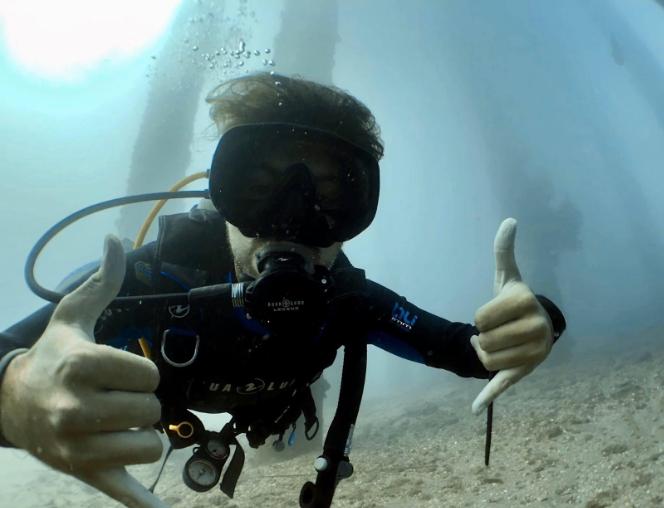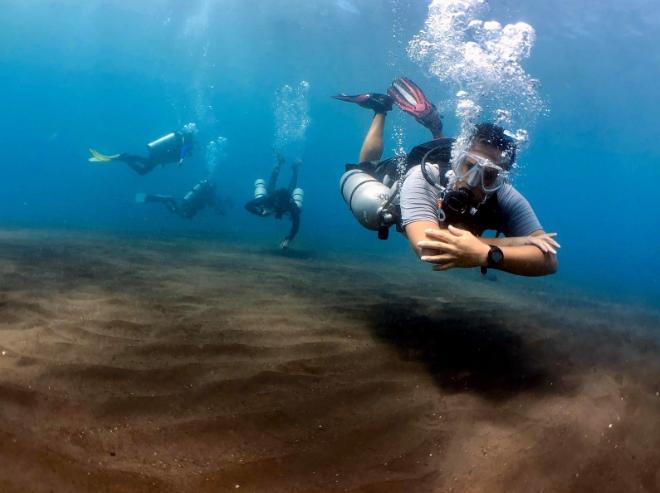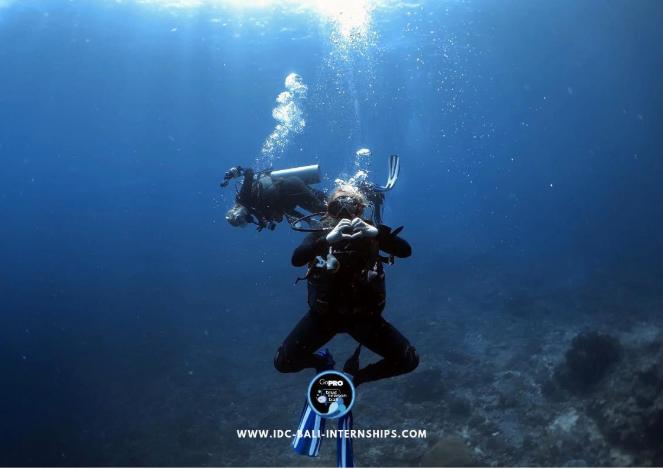Top 5 tips to improve your student’s buoyancy
Good buoyancy is the key to a better underwater experience. It’s about being able to move through the water effortlessly and feeling completely relaxed.
Buoyancy is a fundamental skill learned at the beginning of any diving course. However, it is far from easy. It is the dive skill that all divers are constantly trying to improve no matter what level of certification they are in. If you consider yourself a master of buoyancy but struggle to pass this down to your students, Blue Season Bali experienced instructors have shared five tips you can apply on your next diving session with your student:
1. Control your student’s breathing smoothly, deeply, and continuously
The most important component to control your buoyancy is to control your breathing in a calm manner. This could be a solution for a majority of adjustments all because you simply forgot to breathe. Constantly remind your student to inhale and exhale at a natural pace and not to panic. Students tend to get nervous and start breathing heavily, so to prevent this, come up with a hand gesture to remind your students to breathe in a normal and natural fashion.
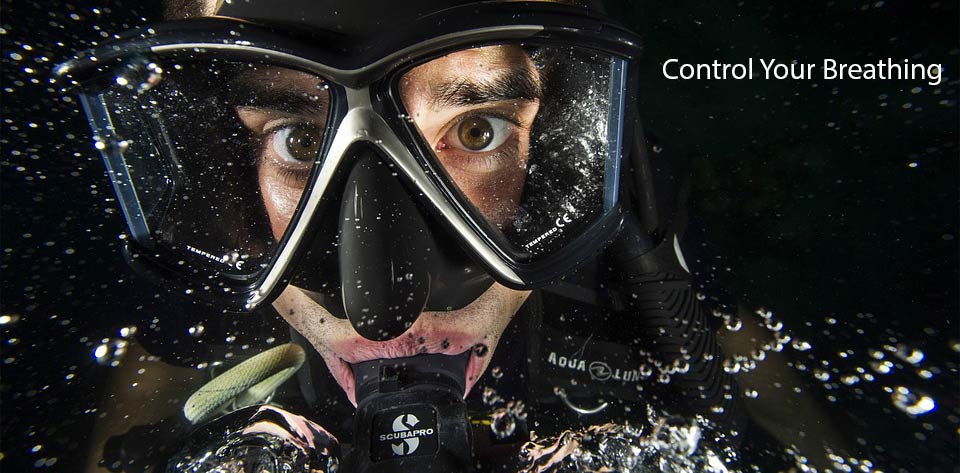
2. Distribute your student’s weight correctly
Do a weight check before a diving session. Improper weighting is one of the most common buoyancy problems, especially for new divers. This usually happens if the student is too used to being overweighed by previous instructors to prevent uncontrolled ascents and make their performance skills on the seafloor easier.
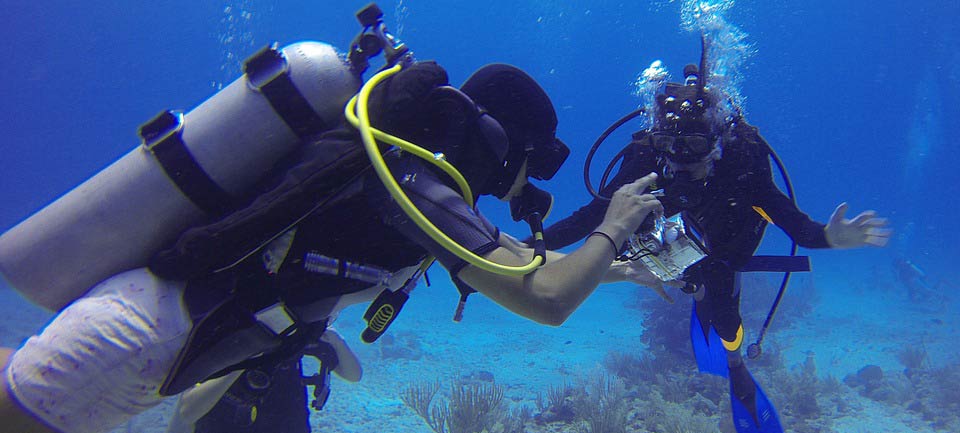
3. Combine the air in your BCD with the air in your lungs
Over excessive use of the BCD is a common rookie mistake. The first tool a diver has for controlling their buoyancy is the lungs and not the BCD. The lungs are a natural compensator – by regularly breathing, buoyancy will not fluctuate and by controlling your breath you control rise and fall. The BCD is used to contrast the weight the depth at which you’re diving. Always be moderate when using the BCD as to keep a balance between inflating and deflating.
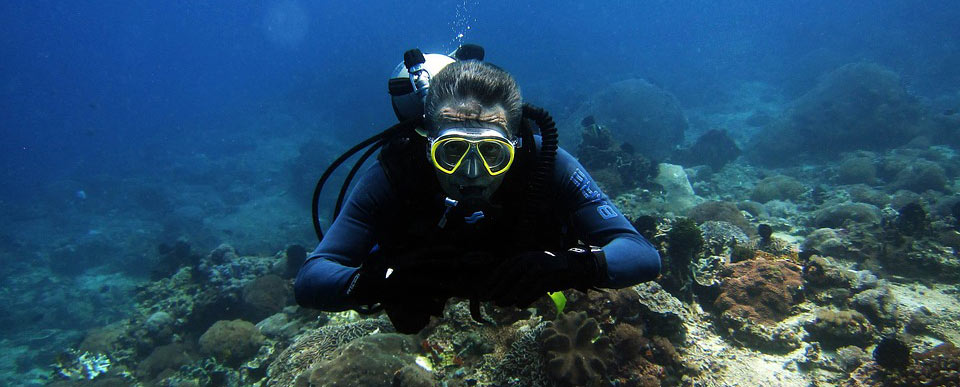
4. Remind your student to relax when controlling the buoyancy
To have better control, a diver has to focus and feel comfortable in the water. Keep making sure with hand gestures that your student is not feeling stressed, otherwise their buoyancy will be disturbed. Breathing regularly with long breaths can help balance the buoyancy. You should do your best to provide your students with a safe and stress-free learning environment!
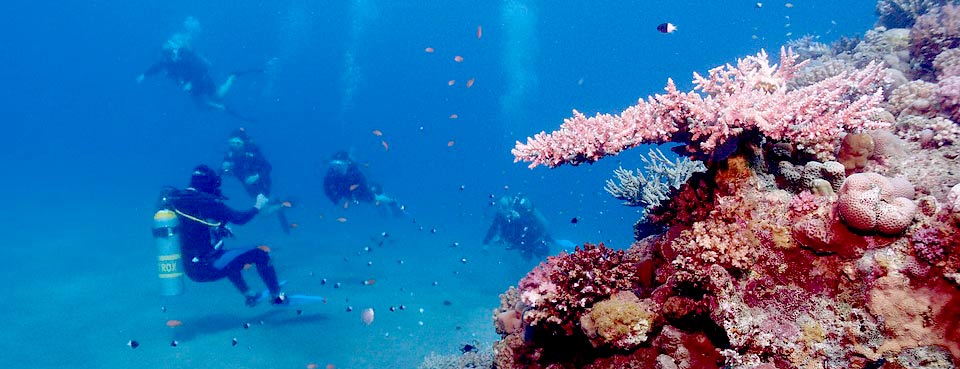
5. Staying at a neutral position by trimming
To be in a properly trim position is very important while diving. In this position, the body of the diver is in a perfectly horizontal position lying on his stomach with his keens bent, so that the fins are at a higher level than the rest of the legs. Beginners and inexperienced divers often forget the importance of this and change position which leads to a considerable change in their buoyancy. So remember to educate your student about maintaining a neutral position for better buoyancy.

Retaining great buoyancy can also contribute to the marine ecosystem. It is important to alert student divers about how without careful movements underwater, they can harm marine life.
Blue Season Bali is a PADI Career Development Center based in Bali, Indonesia. As such, we are committed to providing the best training that we can for all levels, from Open Water divers to professional levels!

